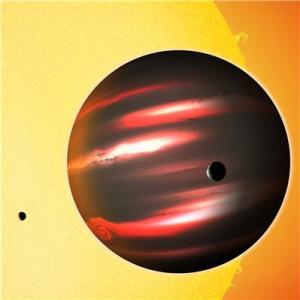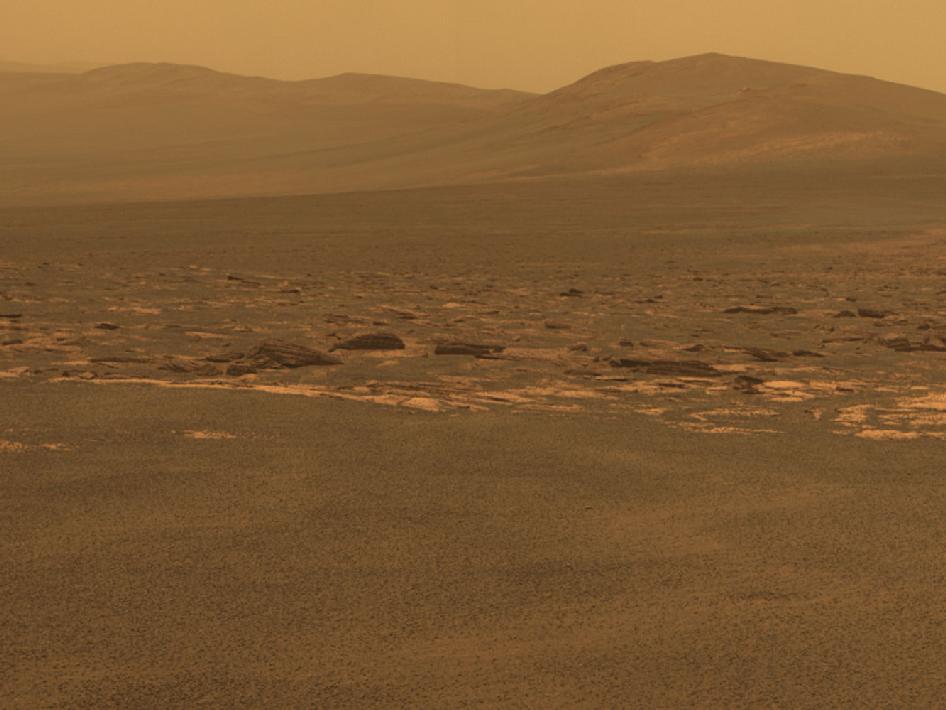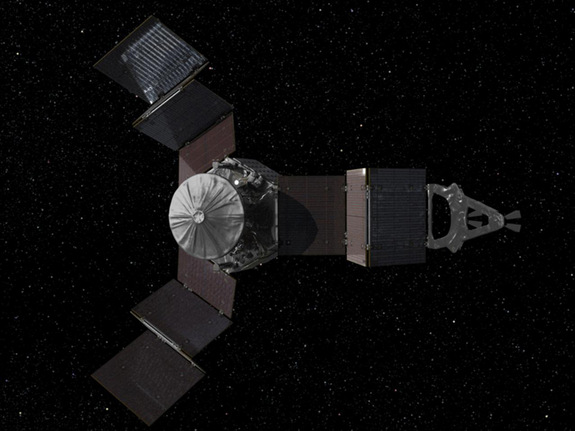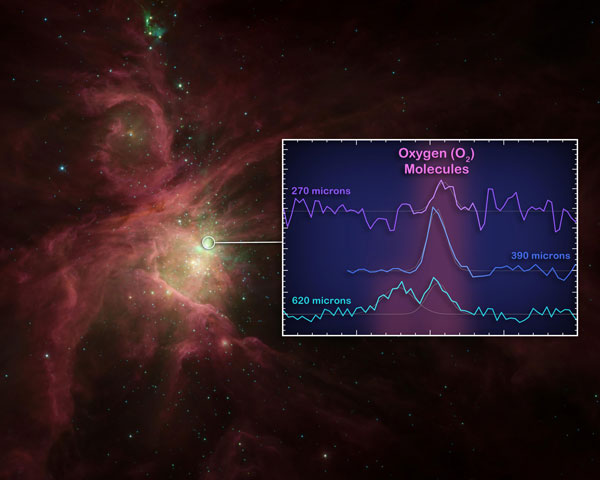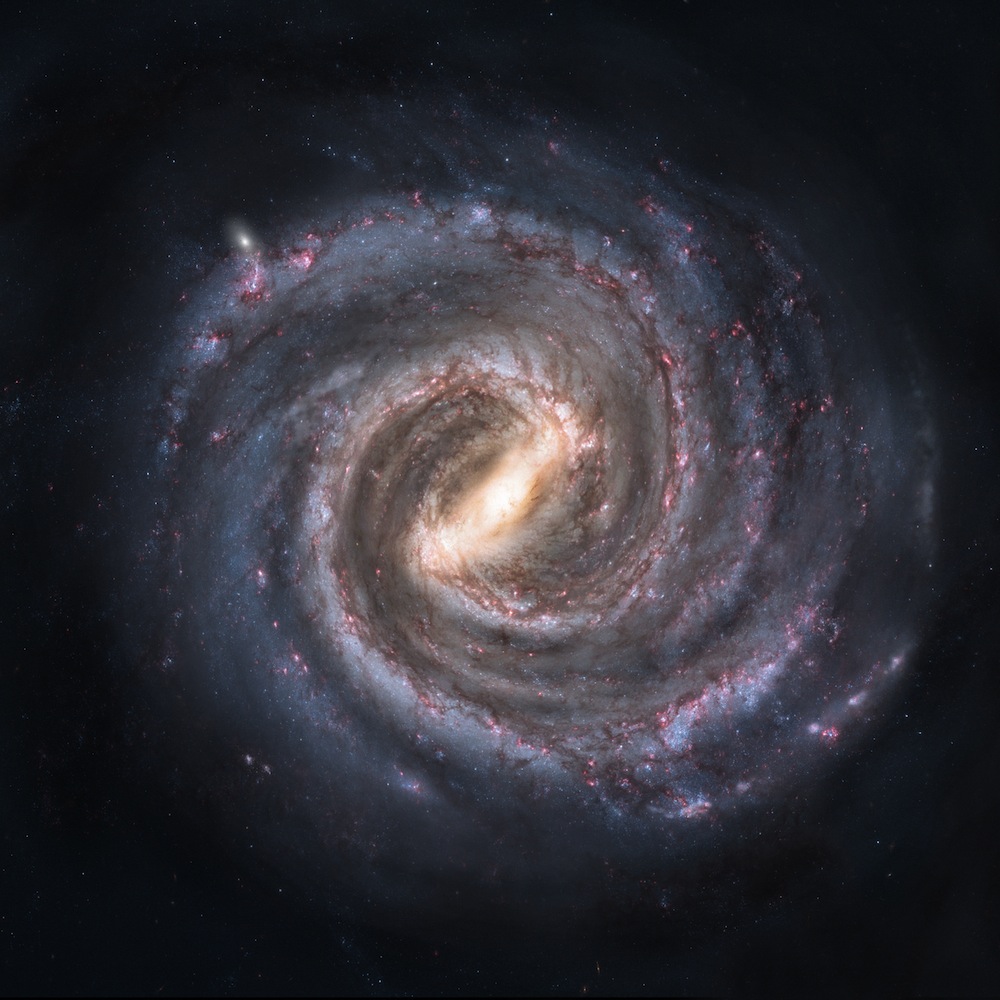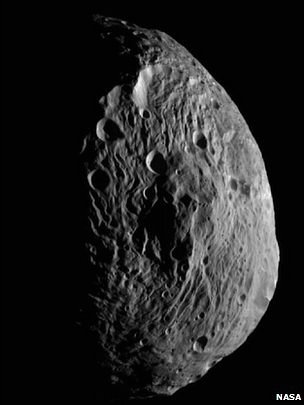 Tuesday, August 23, 2011 at 12:09PM
Tuesday, August 23, 2011 at 12:09PM Are Stellar Explosions Created Equal?
ScienceDaily (2011-08-23) -- A new analysis of Type Ia supernova, used to measure cosmic distance, suggests many of them develop from similar initial conditions.
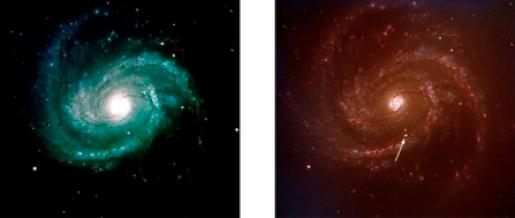
"Highly important among such clues are supernovae, extremely luminous stellar explosions. The distance to a supernova of a particular type, called Type Ia, can be calculated from its brightness: the brighter it appears, the closer it is to the viewer. Thanks to such supernovae, for example, astronomers have famously revealed that our universe is expanding at an accelerated pace, which suggests that it's permeated with mysterious dark energy. These calculations, however, are based on the assumption that all Type Ia supernovae have the same luminosity. Are all these explosions indeed created equal?"
